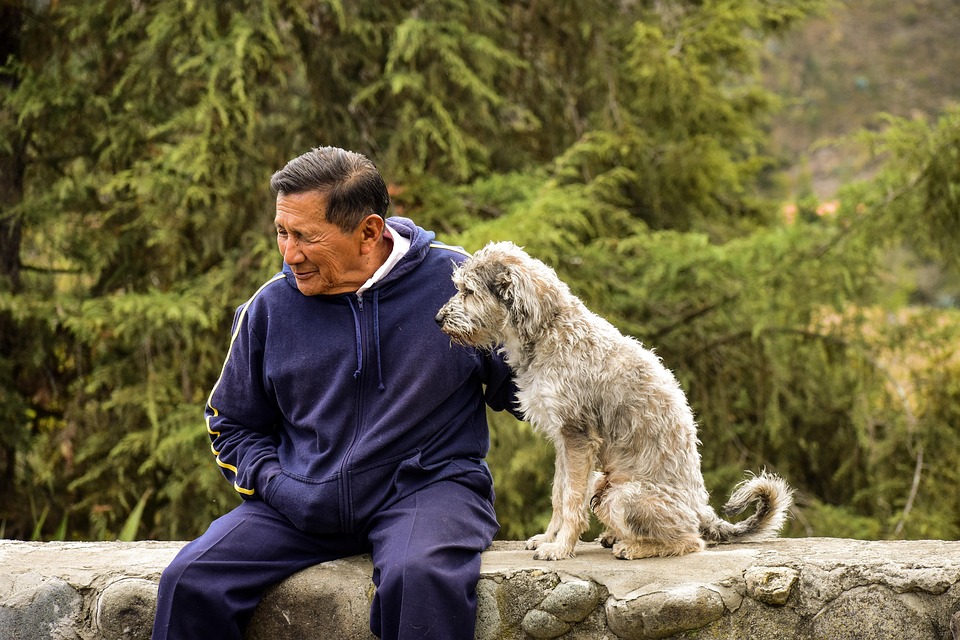
Housebreaking a dog is a critical component of pet ownership that ensures a harmonious living environment. While housebreaking puppies is a common challenge, many dog owners find themselves needing to housebreak older dogs, which can present its own unique set of challenges. Whether you’re adopting a rescue dog or dealing with a previously house-trained dog that has regressed, understanding effective strategies for housebreaking older dogs quickly is essential. This article will explore proven methods and tips to help older dogs adapt to new house rules efficiently.
Understanding Why Older Dogs May Need Housebreaking
Before diving into strategies, it’s important to understand why an older dog might need housebreaking in the first place. There are several reasons:
1. Change in Environment
Older dogs may become confused or stressed by a change in their living environment, such as moving to a new home, which can lead to accidents indoors.
2. Lack of Previous Training
Some older dogs may never have been properly house-trained due to neglect, lack of opportunity, or previous living conditions that didn’t require it.
3. Medical Issues
Conditions such as urinary tract infections, incontinence, or other health issues can cause a previously house-trained dog to have accidents.
4. Behavioral Issues
Anxiety, fear, or stress can lead to inappropriate elimination behaviors in dogs of any age.
Understanding these underlying causes can help tailor the housebreaking approach to the specific needs of the dog.
Essential Tips for Housebreaking Older Dogs
When it comes to housebreaking older dogs, patience and consistency are key. Here are effective strategies to expedite the process:
1. Set a Consistent Schedule
Dogs thrive on routine, and setting a consistent schedule for feeding, bathroom breaks, and walks can help them understand when and where it is appropriate to relieve themselves. Regular bathroom breaks should occur first thing in the morning, after meals, and just before bedtime.
2. Choose a Designated Bathroom Spot
Designate a specific outdoor area as the bathroom spot. Consistently taking the dog to the same spot will reinforce the behavior and help them associate that area with elimination. Use verbal cues like “go potty” to further reinforce the behavior.
3. Use Positive Reinforcement
Reward the dog immediately after they eliminate in the designated spot. Positive reinforcement through treats, praise, or play can build a strong association between the behavior and a positive outcome, making the dog more likely to repeat the behavior.
4. Supervise and Confine
When not actively watching them, confine the dog to a small, easily cleaned area or use a crate. Most dogs instinctively avoid soiling their sleeping space, which can encourage them to hold it until they are taken outside.
5. Address Medical and Behavioral Issues
If the dog continues to have accidents despite consistent training, consult with a veterinarian to rule out medical issues. Additionally, consider working with a professional dog trainer or behaviorist to address any underlying behavioral concerns.
Advanced Techniques for Effective Housebreaking
For dogs that are particularly challenging to housebreak, advanced techniques may be necessary:
1. Bell Training
Teach the dog to ring a bell near the door to signal their need to go outside. Start by introducing the bell and encouraging the dog to touch it with their nose or paw. Reward the behavior and gradually associate it with going outside to eliminate.
2. Leash Training
Keep the dog on a leash indoors to prevent sneaky accidents. This technique allows for close supervision and immediate redirection to the designated bathroom area if the dog shows signs of needing to go.
3. Incorporate Indoor Potty Solutions
For dogs with limited access to the outdoors or those with mobility issues, consider using indoor potty solutions like pee pads or artificial grass patches. Gradually transition the dog from indoor solutions to outdoor elimination if possible.
Common Mistakes to Avoid
Housebreaking an older dog can be a trial-and-error process. Avoid these common mistakes to ensure success:
1. Punishing Accidents
Never punish a dog for having an accident indoors. This can create fear and anxiety, making the problem worse. Instead, clean the area thoroughly and reinforce the desired behavior through positive methods.
2. Inconsistent Training
Inconsistency can confuse the dog and prolong the housebreaking process. Ensure that all family members are on the same page regarding the training schedule and methods.
3. Unrealistic Expectations
Remember that housebreaking older dogs may take longer than puppies. Be patient and give the dog time to learn and adjust to the new routine.
Conclusion
Housebreaking an older dog requires understanding, patience, and consistency. By implementing a structured routine, using positive reinforcement, and avoiding common pitfalls, most older dogs can be housebroken quickly and effectively. While challenges may arise, they can often be addressed with advanced techniques or professional assistance. Ultimately, a successfully housebroken dog contributes to a happier, more harmonious household.
#ChatGPT assisted in the creation of this article.













